Hi, Sav here subbing in for Maximus briefly.. Over the holidays I ventured to the Denniston Plateau. I’m interested in conservation as well as other things, and I wanted to see for myself how special a place it is or isn’t, before pieces of it start getting carved up for the coal lying beneath. For a start its only 20km north of Westport, so pretty close to civilisation. The plateau itself is criss-crossed with 4WD tracks and acts as an outdoor playground for the locals. Like the equivalent of Wellington’s Makara mountain bike park, but for everything that has wheels. When a road look like this you know you’re somewhere a bit different though.
While I hunted around to photograph some rare threatened plant that would instantly halt the new mine. Or even better take a pic of the extinct South Island Kokako (that may now not be extinct..), it started to occur to me the major drawcard to this area wasn’t so much the unique flora, like Chionochloa juncea (a grass) that only grows above the coal measures of this area. (I could show the grass.. but bere’s a picture of a pretty orchid)
Nor was it the fauna, that includes a species of giant snails that are once again only found on this coal plateau and the neighbouring one that has already been mined or obliterated.
The thing that makes Denniston most special is the rocks.. About any rock formation you can think of it has.. For instance The faux pavers style.
The blocks that didn’t make it discard pile
The put that in your pipe Ellerslie Rock Garden Supreme award winner
The why shatter myself into a million pieces.. because I can rocks
You really have to wonder how a society can be so completely brainless and greedy that a unique, distinctive place, that’s been here for eternity has a price over its head. If Denniston was in the North Island I am pretty sure it would be a National Park, if not a Regional Park by now.
In the commercial world of the building trade, you really are detached from where the building product comes from. In this case, how many rocks, plants and ecosystems will perish for that all important steel frame. Or how much silt will choke the streams of a newly cleared pine forest. Out of sight outta mind.
NB: All photos of rocks were taken from within the proposed new Denniston mine area.

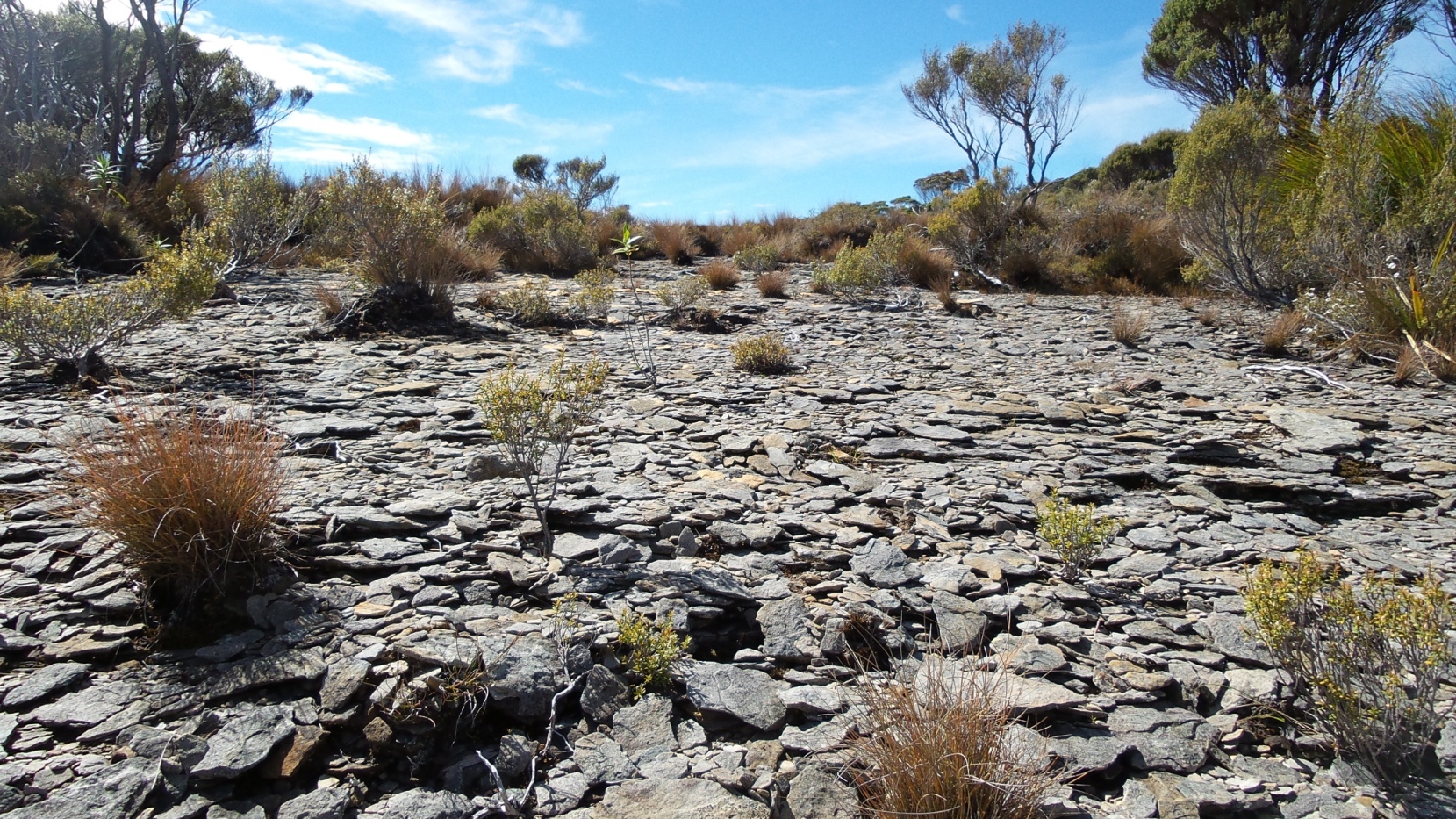
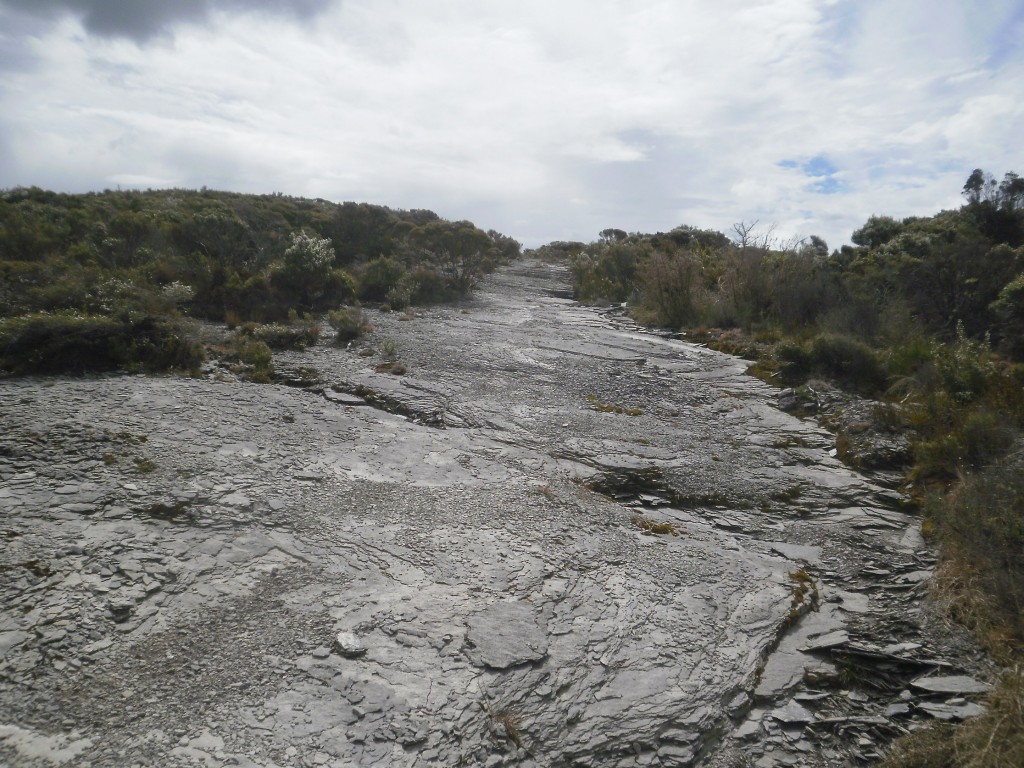
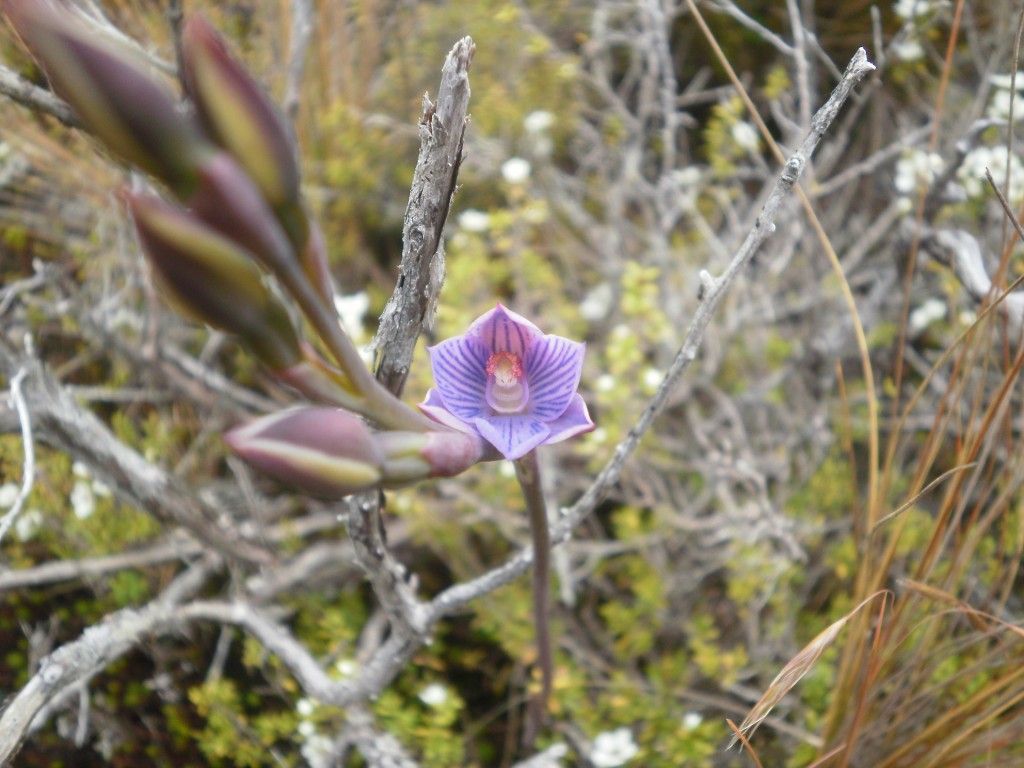
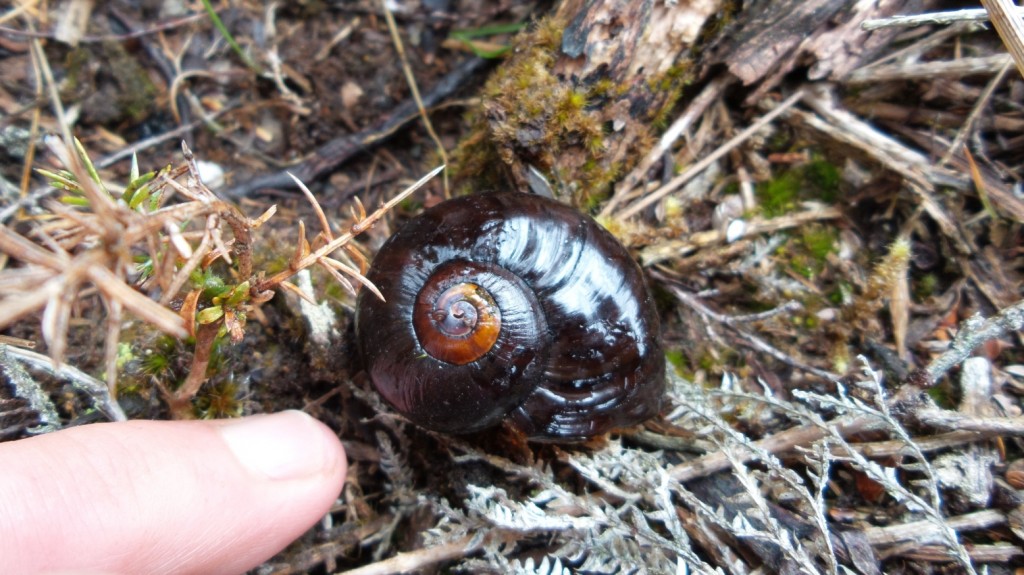
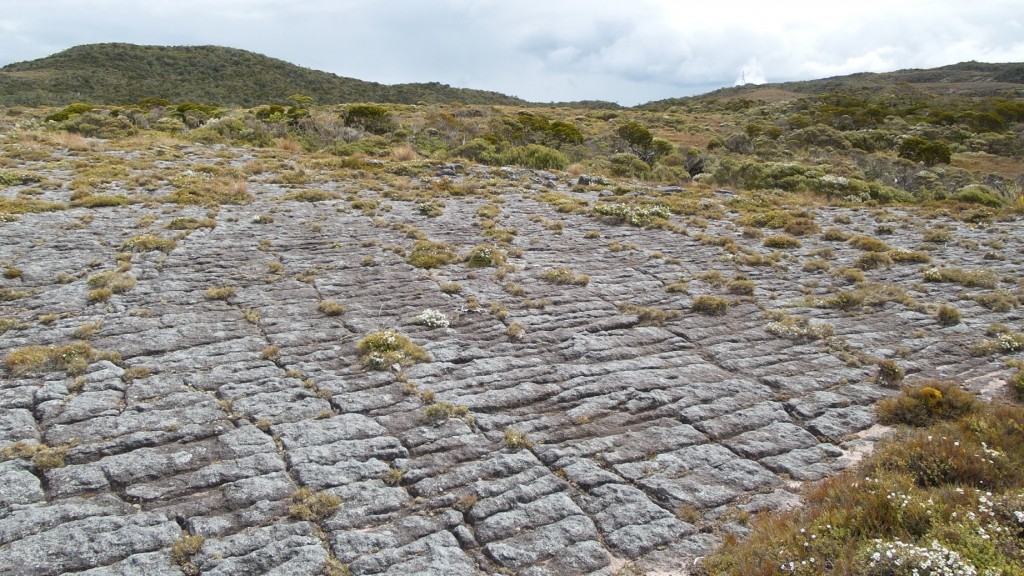
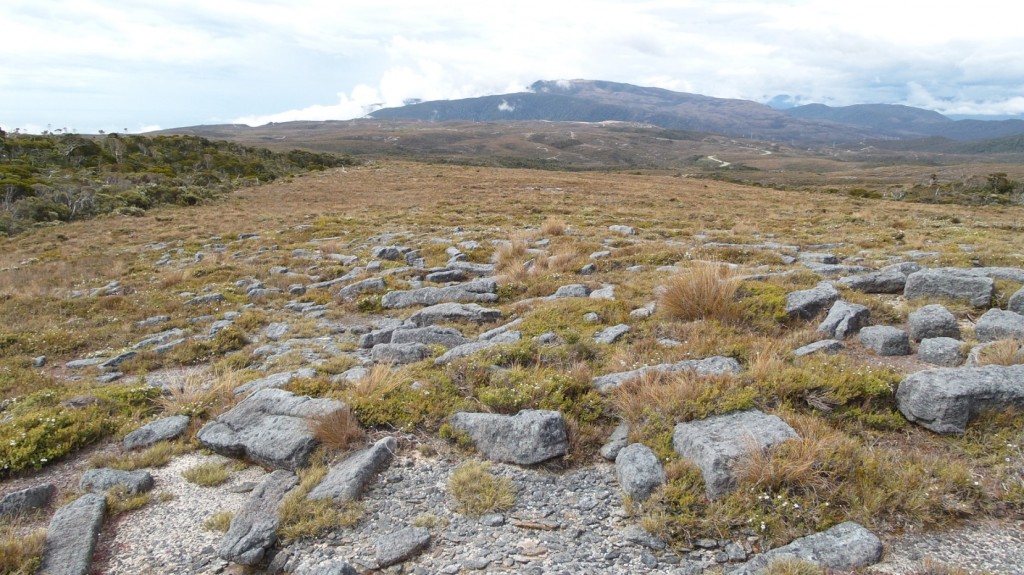
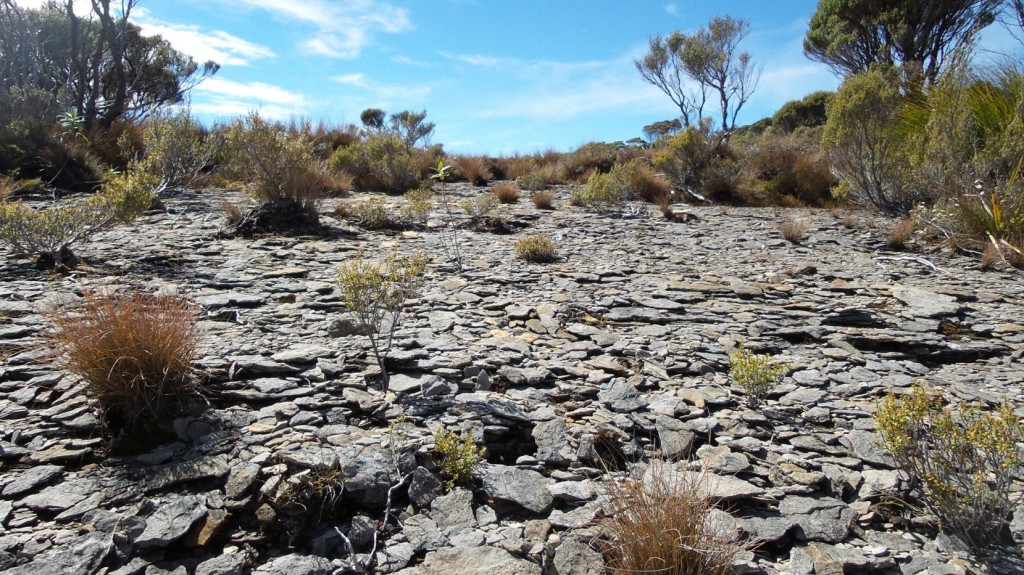
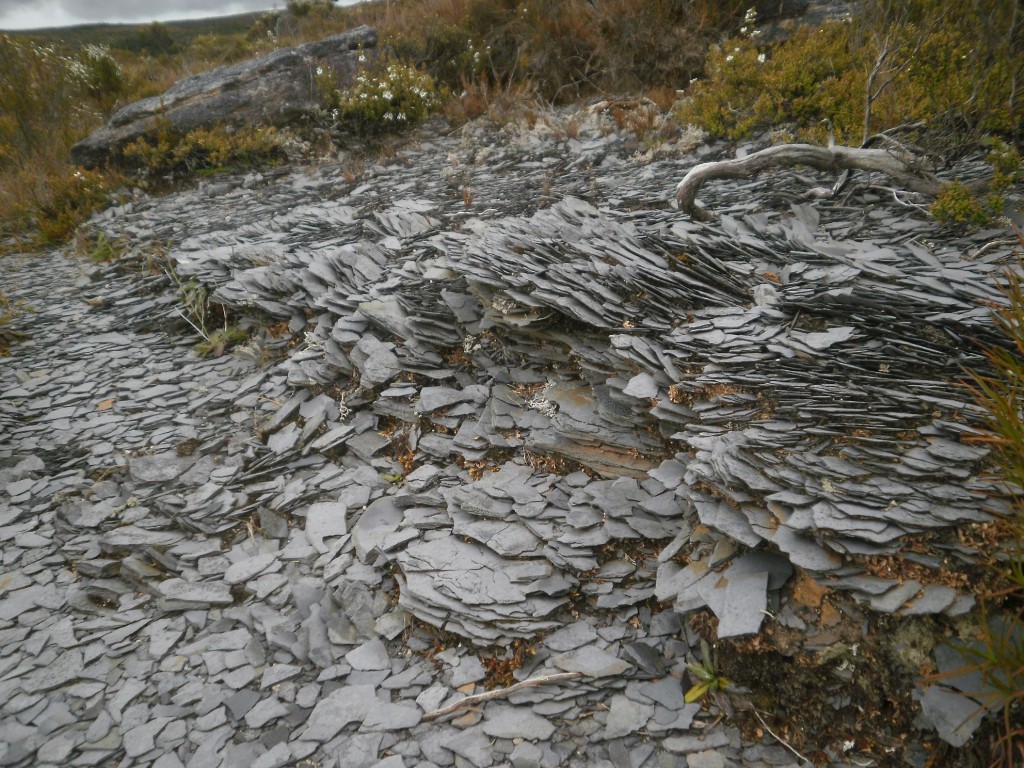




Thanks Sav – great pictures. I’ve heard about Denniston Plateau, of course, but never seen pictures before. Weird to see piles of rocks like that, looking like they just spilled and fell over at a stoneware sale at Bunnings, but have actually been like that since – when? 100 years? 1000 years? 10,000,000 years? I’m sort of sitting here thinking – why doesn’t something just GROW there, dammit? Anywhere else, you leave a space for a year and it is overgrown with greenery. I went to do some work outside yesterday, where I was last weekend, and already there were whole families of spiders in residence. Why not in Denniston?
You could chuck some rocks in and see how the plants like it? The problem where you were is that I guess plants from every corner of the globe are nearby, so there’s probably quite a few plants that can just take over if they feel like it. The funny thing with Denniston was that I only came across a couple of patches of gorse and it looked so out of place there. Very different to the city where you see weeds everywhere.
Wasn’t Denniston previously mined for coal? Are some of the rocks old spill or tailings?
Excellent article in latest issue 351 of Forest and Bird on Denniston Plateau.
60 MPa>Wasn’t Denniston previously mined for coal? Are some of the rocks old spill or tailings?
Certainly photos 6 and 7 look just like the offcuts of slate mining that you see in parts of the UK. The area has been used for coal mining since the 1880s and parts of the plateau (that aren’t going to be mined this time around) are managed by DOC as a sort of mining heritage landscape.
So it seems quite possible we’re looking at a mined landscape, thinking it is pretty, and deciding that it must therefore be pristine nature? Bits of Cumbria in the UK are mined areas, dead pretty, and part of the national park.
Davidp – nope, sorry, you’re wrong there. The Forest and Bird Society note that while the Stockton Plateau has been open cast mined, that hasn’t happened at Denniston, and that the rocks are:
“The plateau is covered in ancient rock made up of hard quartzose sandstone. The high rainfall in the area erodes much of the thin upper soil to reveal large pavements. Pools, streams and wetlands are dotted throughout this landscape filled with miniature freshwater crayfish. Mining could raise the PH levels of this water to inhospitable levels for these crayfish and invertebrate creatures.”